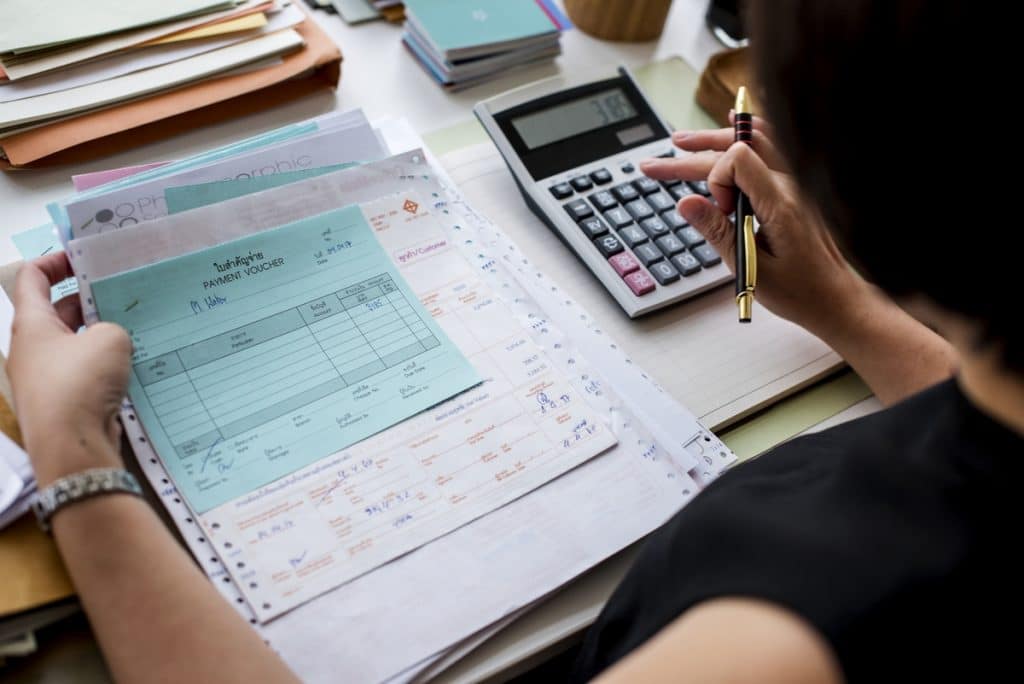Recording transactions that occur in a certain period is the most important thing for a company. Without any transaction record, a company can’t notice the transactions that happen in a certain period. If a company does not know about any transactions in a certain period, there might be fatal consequences, such as corruption crimes to the company bankruptcy.
Hence, A company can use a general ledger as a medium to record all transactions. Did you know the meaning of it? This article will provide information to the readers about the definition and benefits. Before that, you also need to know that part of the ERP software can help overcome this.
General Ledger Definition

A general ledger is a medium to record financial transactions, both debit or credit accounts, that appear in a certain period. In other words, this also has a definition as a book owned by a company that contains company transaction records.
One of the experts from Indonesia, Ahmad Manarul Hakim expressed his opinion on the definition of a general journal. According to him, it’s like a book or special form that is used to record all financial transactions chronologically that refer to the transaction date involving the transaction details. Thus, It can be named, account type, and nominal balance in both debit or credit columns.
Also read: Financial Statements: Definition, Functions, and Examples
Principles in Compiling a General Ledger
Several principles are important to know in compiling a general ledger. It is necessary to identify the company’s financial transactions proof, invoices, and receipts in compiling it. The accounts should be divided and categorized into several types such as capital, debt, or property. Additionally, using a free online receipt template can help standardize the documentation of financial transactions.
Furthermore, there should be a determination in a ledger for debit and credit accounts that are related to the transaction. The most important thing in compiling it is to record all transactions according to the proof of the transaction.
General Ledger Benefits
A general ledger has various benefits for the company. Through this, a company will get information about the account changes. In addition, a company can know the debit and credit balance. The presence of a ledger can also give information about the balance amount that is recorded in one or more accounts. Furthermore, a ledger can be a reference to find out whether a transaction has been posted to the general ledger or not.
General Ledger Functions
It has several functions, ranging from informative, historical, instruction, recording, and analysis function. Here is the explanation of each function:
Informative function
First, it provides information and explanations of the transaction recording by a company.
Historical function
All transactions that a company conducts are recorded in a ledger based on the transaction date. Consequently, It provides company transactions every day continuously.
Instruction function
The process of inputting data into a ledger can be said as an instruction function. The recording in it is not only recording the transaction documents that occur but also being a debit or credit command.
Recording function
In a general journal, all transactions that occur in the company must be recorded. Indeed, it is essential to record first the wealth, costs, capital changes, and income into it.
Analysis function
In a general journal, there is a transaction recording that results from transaction analysis in the form of debits and credits that are affected. As a result, this analysis includes the classification of account names, debit or credit records, and the number of transactions. this can be handled well by the ERP system.
Several Steps in Compiling a General Ledger
In compiling a ledger, a company must follow several steps to get ease on it. Collecting the proof of transactions is the first step in compiling it. The period of transaction proof can be within a month or in a certain period.
Finally, analyzing all company transactions is the next step in compiling it. This analysis aims to get information about the effect of transactions and to make basic accounting equations. In compiling a ledger, it is also necessary to make adjustments to transactions made by a company.
Example of General Ledger
Here is an example of a general journal that a company uses to record all transactions:
Conclusion
In short, a general ledger is a medium to record all company transactions. Through this, a company can know all the transactions in a certain period. Moreover, It also has various functions that make it easy for a company in transactions recording. One of them is the informative function.
Discover the convenience of automated general ledger management with HashMicro’s leading ERP software. Our Accounting Software, equipped with top-tier features, is trusted by numerous companies to enhance their operational efficiency. Join the many businesses already benefiting from HashMicro. Contact us now for the best offers and a free demo!















